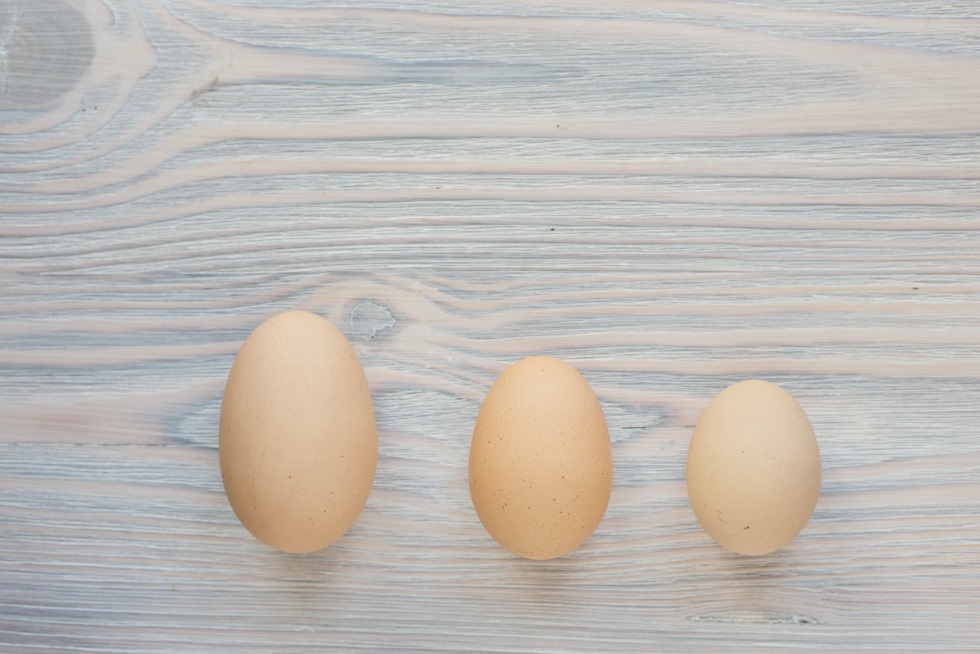One thing that strikes me as I go through my research and speak to educationalists is how deep and detailed some of the existing research is. What seems to be a simple task or game like playing with tangrams has been carefully studied, so that a clear and defined trajectory of progress has been identified (Young Children's Composition of Geometric Figures: A Learning Trajectory, Clements et al, 2004). From randomly choosing shapes and trying to lay them in a space, to picking up shapes and rotating them, to picking shapes with a specific measurement in mind (length or angle) it’s fascinating to watch this happen in real life and understand the stages of learning going on. On the flip side this does mean that what initially may seem a simple, small piece of maths is extended into a labyrinth of understandings.
Part of my role is to identify these recognised routes, see where they overlap and search out paths where none exist.
Recent work and discussions have centred around measuring. Speaking to adults, many have a sense of what a metre is (a large step) and are able to use a tape measure. Measuring in standard units is taken for granted and presented measurements are rarely questioned. Yet space-craft still crash due to errors in not understanding the unit of measurement (Mars Climate Orbiter), bridges are uneven due to measurements being doubled instead of subtracted (Laufenburg bridge) and trains are too big to pass by platforms because someone somewhere mis-measured (France SNCF). Mistakes in measurement are not only costly but also life threatening: consider the catastrophic effects of running out of fuel in a plane.
So how do we ensure a sound understanding of measuring? How do we develop pupils who recognise values that seem unreasonable? How do we increase measuring skills?
I recently read Young Children Learn Measurement and Geometry edited by Marja van den Heuvel-Panhuizen and Kees Buys from the Freudenthal Institute in Utrech, The Netherlands. I highly recommend reading it whether you teach primary or secondary; it’s a wonderful insight into young children’s learning and contains some intriguing classroom activities too.
Developing the ability to measure is split into three significant steps: gaining a sense of measure (including comparing and ordering), pacing off and reading off.
Gaining a sense of measure is all about identifying what you can measure. Given a selection of objects can you measure their volume? Area? Length? If you are measuring length what are you actually measuring? What does bigger actually mean?

Some ways to explore this are: physically comparing things, such as finding objects the same length as your arm, filling 3D objects with rice to see which holds more, trying to cut up one shape and fit it inside another. However, even this creates problems. What is the length of a book? Or a desk? Do we automatically mean the longest side? What if the rectangle was presented in portrait orientation or even a square? The language we use and develop is crucial for future understanding and concept building, and paying close attention here may help avoid confusion later on.
On a recent trip to Japan I was fortunate enough to observe a series of lessons. One such lesson involved children finding the volumes of compound cuboids. What was fascinating to me in terms of measurement was how solutions were presented. No matter the problem the formula for the volume of a cuboid (which had been derived through cube stacking) was always presented as depth x width x height. In other words, the following cuboids’ volumes would be calculated as indicated:

Volume = 5 x 6 x 4 Volume = 4 x 5 x 6 Volume = 6 x 4 x 5
= 120 = 120 = 120
Volume = 120cm3 Volume = 120cm3 Volume = 120cm3
Now don’t get me wrong – pupils knew exactly that these three were the same cuboid and that the calculation could be performed in any order. But, so that their maths was effectively communicated, they used this language and ordering. A small tweak, but it then allowed pupils to consider more complicated problems, look at other written calculations and explain where values had been taken from and hence the method of solution.
Now consider the following problem and the four sets of workings (I’ll leave you to find the final solution):

8 x 4 x 6 = 192
|
8 x 4 x 2 = 64
|
8 x 9 x 6 = 432
|
8 x 11 x 4 = 352
|
8 x 5 x 4 = 160
|
8 x 9 x 4 = 288
|
8 x 5 x 2 = 80
|
|
You can use the fact that each set of workings given by the pupils follows depth x width x height order of the volume of a cuboid calculation to understand how they’ve been constructed - even the last one.
Precision in final solutions, including how we use vocabulary, is a great asset in communicating our maths and should help to avoid some of the aforementioned errors in measuring.
|
SOMETHING TO TRY:
KS1: In how many ways can you measure this stick/rock/button?
KS2: What is the length of each rectangle?

KS3: What is the height of each parallelogram?

KS4: What's the meaning of opposite? What does it mean to be similar?
KS5: If V is the volume of a shape and t the time, what does dV/dt mean? What about dt/dV? Do they both make sense? Why?
|